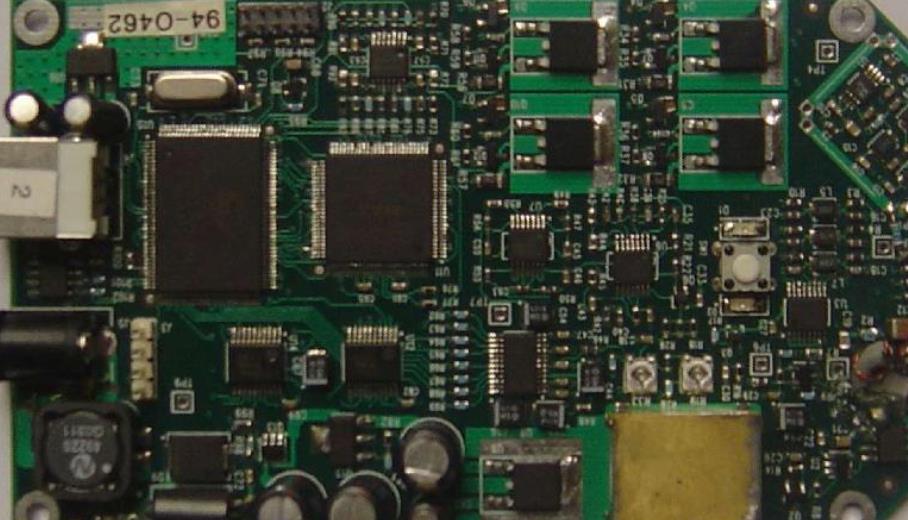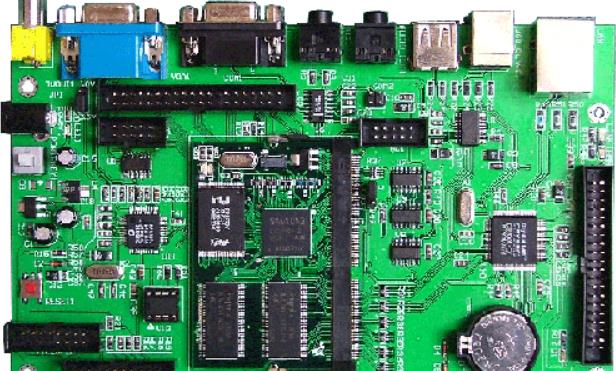
Several Detection Technologies for SMT
Surface assembly quality inspection is a very important link in welding process PCBA production It describes the extent to which the inherent characteristics involved in the assembly process and results of surface mounted products meet the requirements The inspection process runs through the entire SMT production process Basic contents Surface mount inspection includes three categories: incoming inspection before assembly, process inspection during assembly, and component inspection after assembly According to the test results, there are basically three standards, namely, the enterprise standards designated by the organization, other standards (such as IPC standards or SJ company/T 10670-1995 general technical requirements for surface assembly processes), and special standards for special products At present, our country usually adopts IPC standard to inspect products
Incoming inspection before assembly is the basis to ensure the quality of SMT assembly process and the reliability of shape memory alloy products. Only qualified raw materials can have qualified products. Recall that the incoming inspection before assembly is an important part of ensuring the reliability of shape memory alloy. With the continuous development of Surface Mount Technology and the continuous improvement of the requirements for the density, efficiency and reliability of shape memory alloy assembly, as well as the further miniaturization of components, the acceleration of the application and updating of process data, shape memory alloy products and their assembly quality have an impact on the quality of assembly data. With the increasing sensitivity and dependence, the incoming inspection before assembly has become an increasingly important link. Selecting scientific and applicable inspection standards and methods for incoming materials before assembly has become one of the main contents of SMT assembly quality inspection.
1. Main contents and test methods of incoming inspection before assembly
Circuit board

Incoming materials before SMT assembly mainly include assembly process data such as components, PCB, solder paste and flux. The basic contents of inspection include solderability of components, coplanarity of pins, efficiency, PCB size and appearance, solder resistance quality, warpage and deformation, solderability, solder resistance integrity and solder paste metal percentage, viscosity, average amount of powder oxidation, metal contamination of solder, activity and concentration of flux, viscosity of adhesive, etc. There are multiple inspection methods corresponding to different inspection characteristics. For example, there are many methods for component solderability test, such as immersion test, solder ball test and wetting balance test.
2. Incoming inspection standard before assembly
The specific items and methods for incoming inspection of SMT components are usually determined by the assembly company or product company according to product quality requirements and relevant standards Relevant standards that can be followed have been gradually improved For example, the standard IPC-AT10D "Acceptance of Electronic Components" formulated by the American Electronic Circuit Interconnection and Packaging Association (IPC), Chinese electronic industry standards SJ/T 10670-1995 (General Technical Requirements for Surface Assembly Processes ", SJ/T 11186-1998 (General Specification for Solderability of Surface Mount Components", SJ/T 11187-1998 (General Specification for Adhesive on the Surface of Printed Boards), national standards GB 4677. 22-1988 (Test Method for Ion Continuity on the Surface of Printed Boards ", American Standard MIL-I-46058C" Insulating Coatings for Coatings on printed circuit components " , etc, There are corresponding requirements and specifications for incoming inspection of PCB components SMT assembly company can determine relevant inspection items and methods according to customer's product and product quality requirements, based on the above relevant standards, combined with enterprise characteristics and actual conditions, and specific product objects and specific assembly data, and form standardized quality control procedures and files, which are strictly implemented in the quality control process Table 6-2 is the incoming material inspection specification for surface mount resistors formulated by the company for specific product objects and quality requirements It specifies inspection items, standards, detailed methods and content waiting






